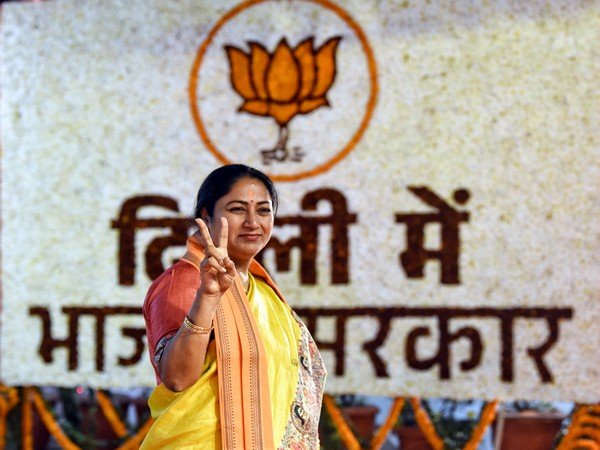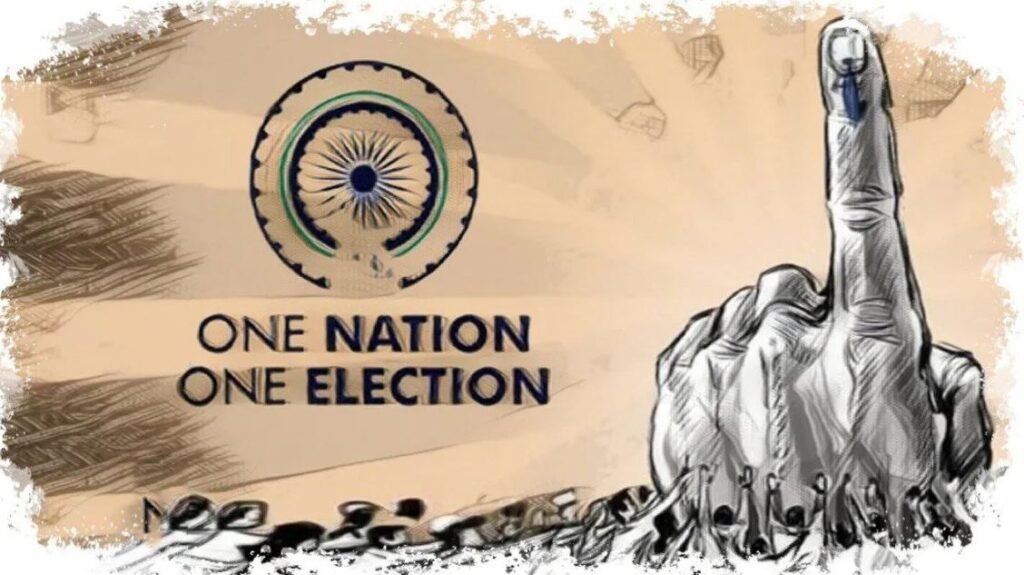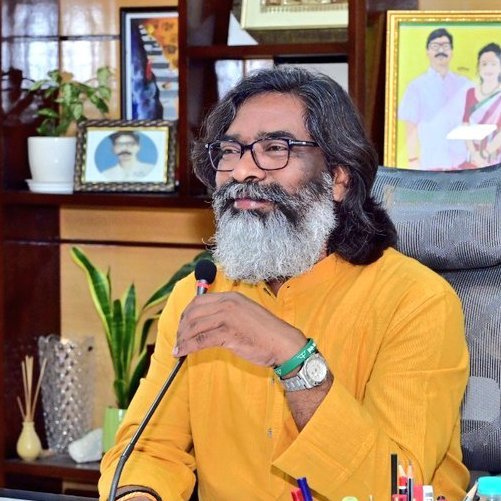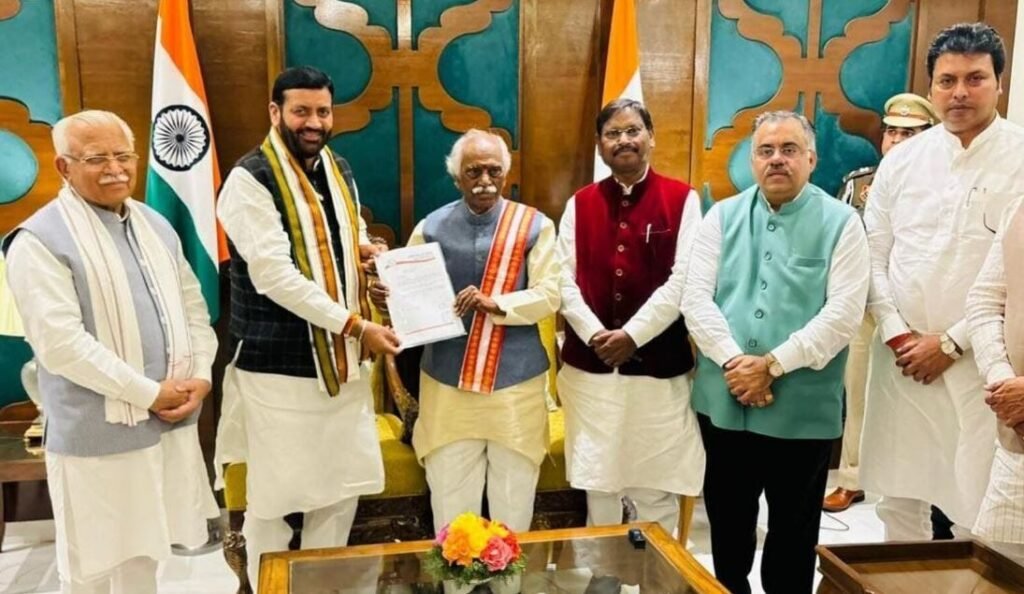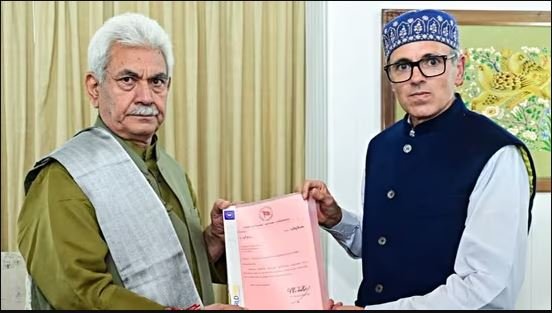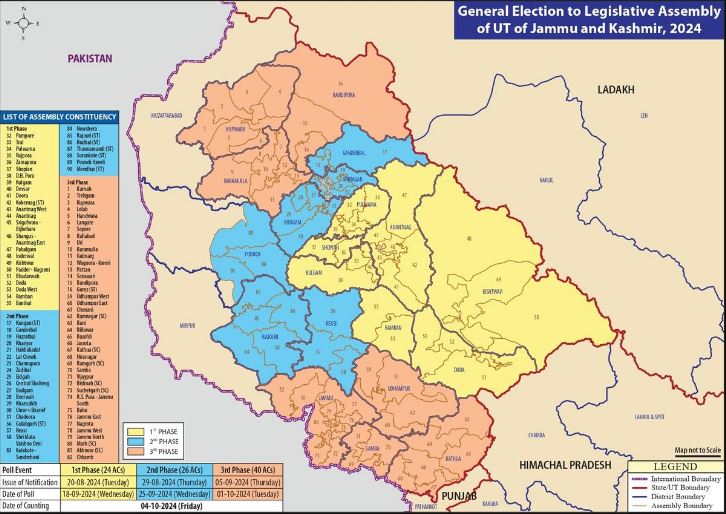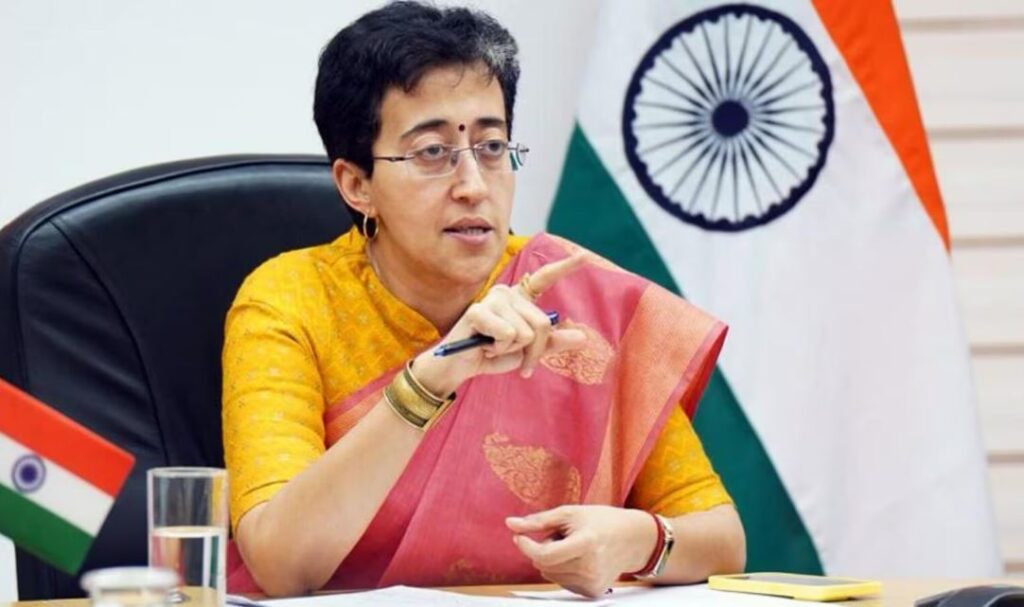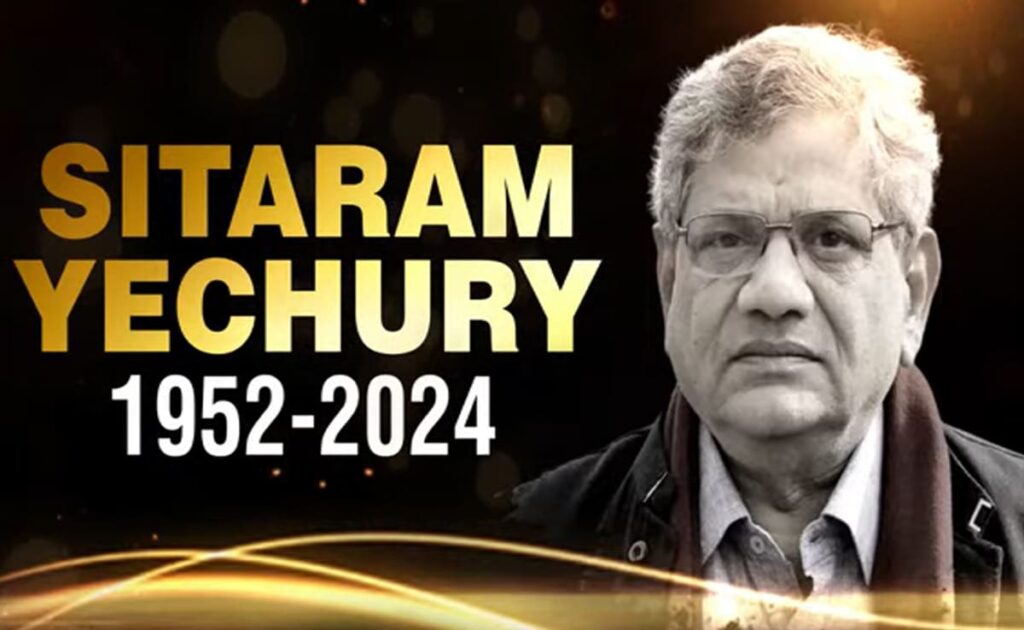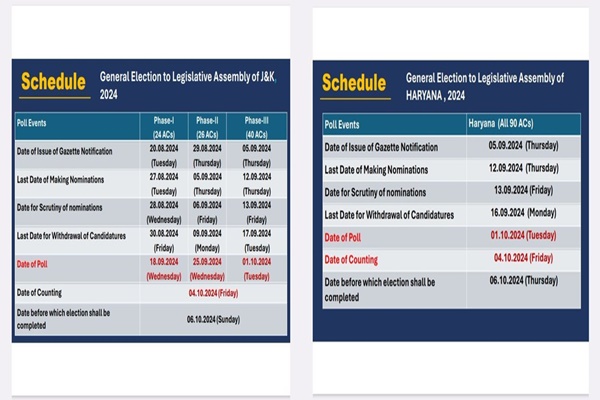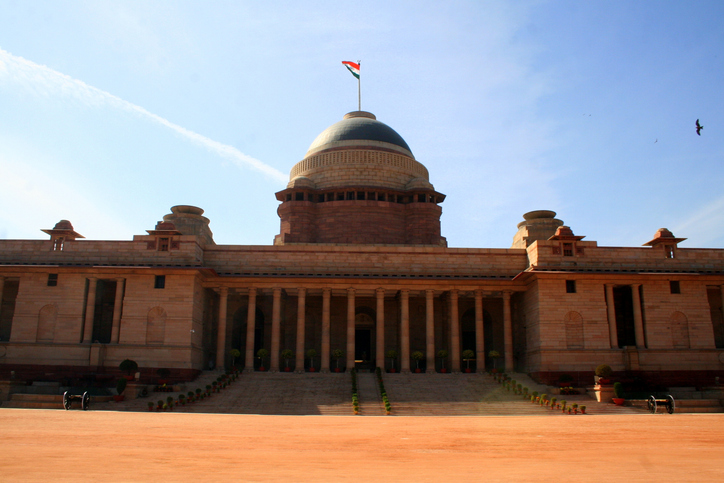Second part of the Budget Session of Parliament commenced on March 10, 2025
The second part of the Budget Session of the Indian Parliament commenced on March 10, 2025, and is scheduled to run until April 4, 2025. This session follows the adjournment of the first part on February 13, 2025. The government has prioritized the passage of the Waqf Amendment Bill, which is expected to be a significant point of contention between the ruling party and the Opposition.
The session has already witnessed heated debates, particularly over the National Education Policy (NEP) in Tamil Nadu. The Opposition, led by Rahul Gandhi, has raised concerns about alleged discrepancies in voter lists and the recent violence in Manipur. The government is also keen on discussing the imposition of President’s Rule in Manipur, with Union Home Minister Amit Shah expected to address the issue.
In addition to these key issues, the session will see the introduction of the Immigration and Foreigners Bill, 2025, aimed at enhancing national security and standardizing immigration procedures. The Lok Sabha will also discuss the Manipur budget, presented by Union Finance Minister Nirmala Sitharaman.
The second part of the Budget Session is crucial for the passage of several important bills and addressing pressing national issues. The proceedings are being closely watched as the government and the Opposition engage in intense debates and discussions.

